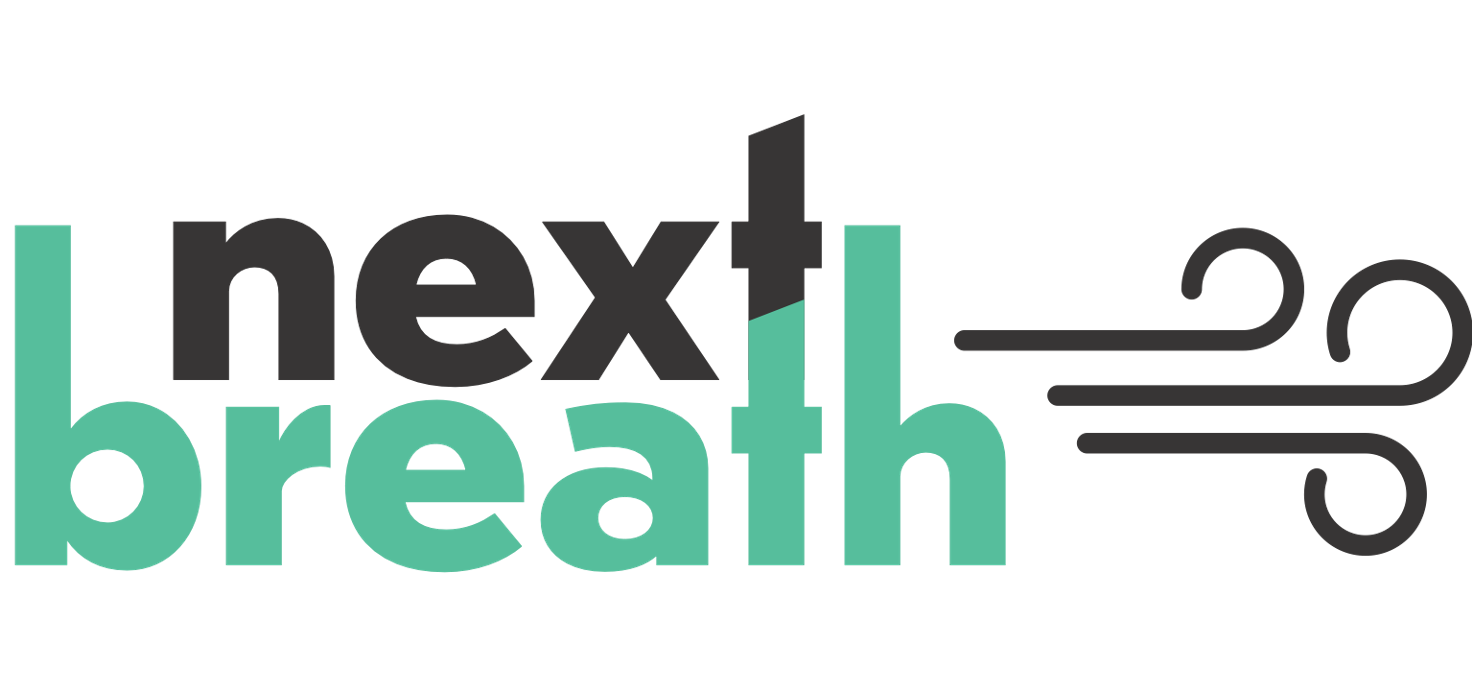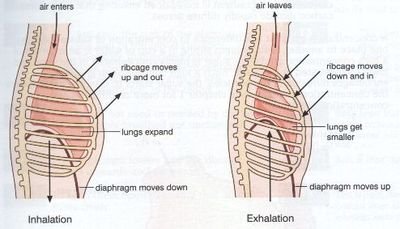What happens when we breathe?
AIR PASSES THROUGH
o the upper airways (nose, pharynx, and upper larynx)
o the lower airways (lower larynx, trachea, bronchi, and first generations of bronchioles)
o the lungs (respiratory bronchioles, alveolar ducts, and alveoli).
THE CONDUCTING AIRWAYS SERVE TO MOISTEN AND CLEAN THE AIR:
o Inspired air becomes humidified.
o Particles in the air deposit onto mucus. The trapped particles are then moved to the mouth by ciliary beating, where they are swallowed.
THE RESPIRATORY AIRWAYS SERVE FOR GAS EXCHANGE: OXYGEN MOVES FROM AIR TO BLOOD, WHEREAS WASTE PRODUCTS SUCH AS CO2 MOVE FROM BLOOD TO AIR.
Photo (c) from Bio 301 Human Physiology


